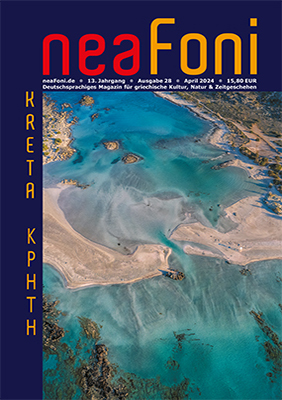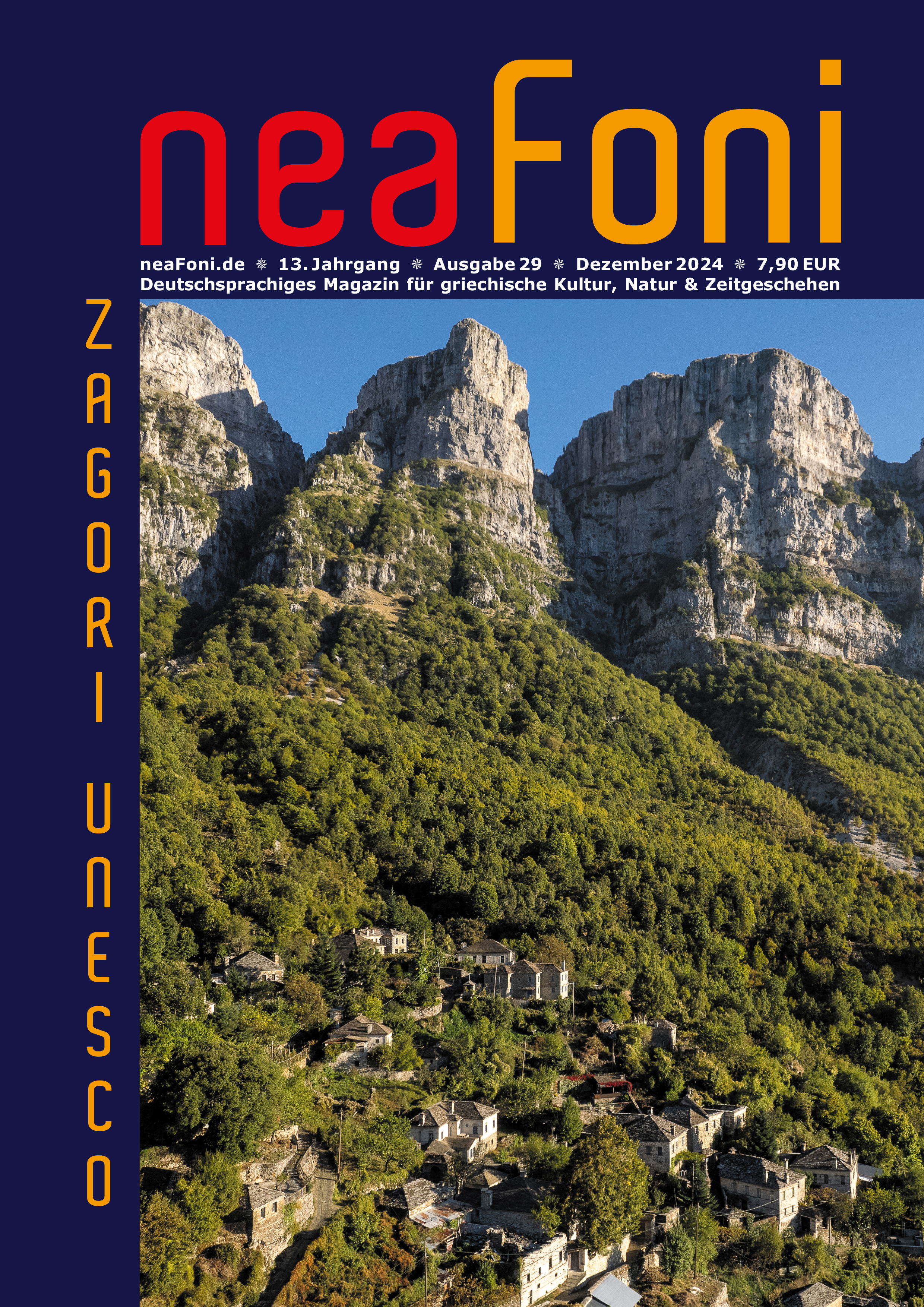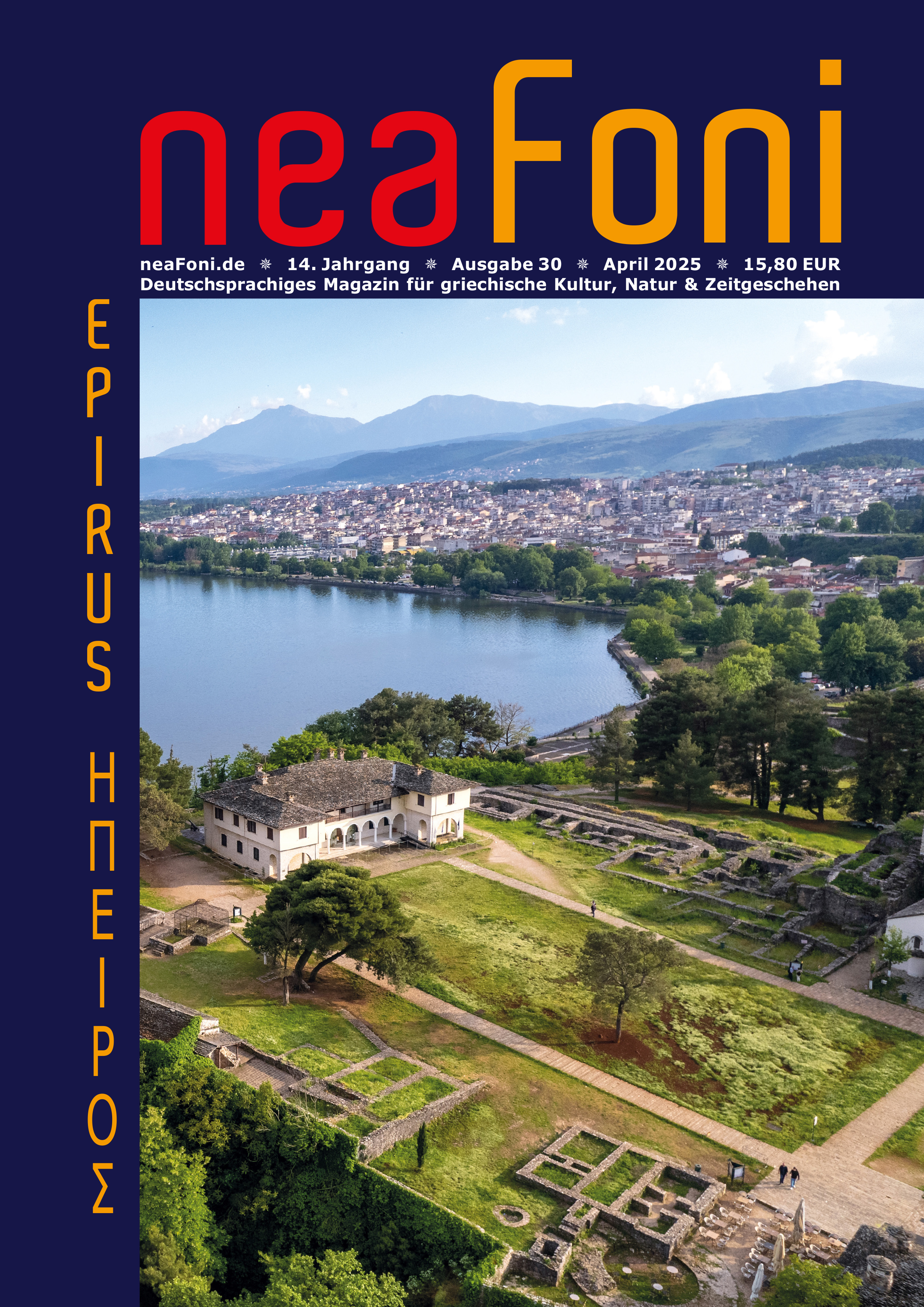Die östlichste Präfektur Griechenlands wird auch „Europas Tor zum Osten“ genannt. Ihre Hauptstadt Alexandroupolis mit ihrer hübschen Hafenpromenade und dem stattlichen Leuchtturm, ist ein bedeutendes Tabakhandelszentrum und bietet die Hauptfährverbindung zur Insel Samothraki. Sehenswert ist in Alexandroupoli das Museum für sakrale Kunst, eines der besten in ganz Griechenland. Evros besitzt eine Landschaft von hinreißender Schönheit, deren Reichtum an Feuchtgebieten in ganz Südeuropa einzigartig ist. Der Fluß Evros, nach dem diese Präfektur benannt ist, entspringt in Bulgarien und bildet auf 185 km Länge die Grenze zur Türkei. Bei Alexandroupoli verbreitert er sich schließlich zu einem fast 500 qkm großen Delta. Eine lange Seenkette liegt zwischen den Biotopen, im Hinterland dehnen sich dichte Wälder aus. Im Winter werden 60000-100000 Vögel gezählt, die hier rasten, überwintern oder hier beheimatet sind. Eine einzigartige, jedem Besucher unvergessliche Landschaft. Einzigartig ist aber auch der Dadia-Wald, das größte Waldgebiet Griechenlands. Er bietet nicht nur den seltenen Schwarzgeiern eine Überlebensmöglichkeit, selbst Bären, Wildkatzen und Wölfe sind in dieser außergewöhnlich schönen Landschaft noch zu finden. Interessante Kirchen belegen die Bedeutung Evros‘ in der byzantinischen Zeit.
Die Byzantinische Kirche der Panagia i Kosmosotira (Weltenretterin) in Ferres ist ein imposantes Bauwerk aus dem 11. Jahrhundert. Um 1152 wurde das Kloster vom Byzantinischen Kaiser Isaakios Komninos gegründet. Für das Innere der Kirche, das Katholikon, hat die Hagia Sophia in Konstantinopel als Muster gedient und so kam bekam die Kirche auch ihren Beinamen, die kleine Hagia Sophia. Die Kuppel hat die Maße 17,6 x 20 m und eine Höhe von 17 m. Beeindruckend sind die vier Hauptsäulen von denen die Kuppel getragen wird. Sie haben eine Höhe von 3,60 m und sind von wunderschönen Kapitellen gekrönt. Die Fresken der Kirche stammen aus dem 12. Jahrhundert und gehören zu der Schule von Konstantinopel.
Sehenswert ist auch die Große Moschee, Megalo Temenos in Didymoticho, deren Konstruktion unter Murad I. (1326–1389) begonnen und unter Bayezid I. (1347–1402) fertig gestellt wurde. Es handelt sich hier um die älteste und größte Moschee Europas. Eine dominante Masse, die mindestens 1000 m² Fläche einnimmt.





